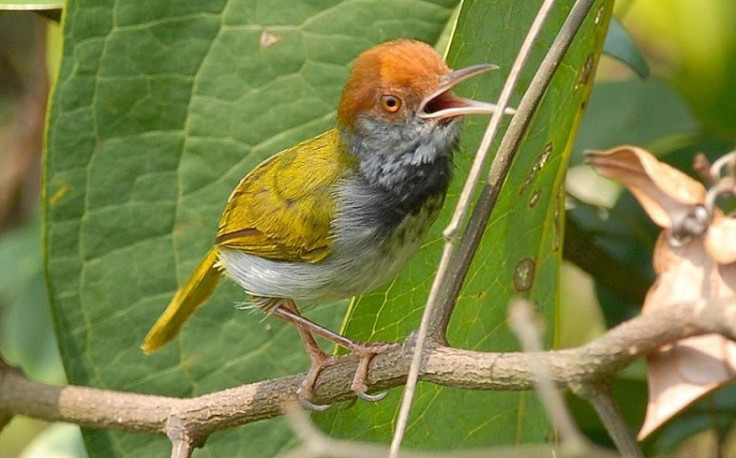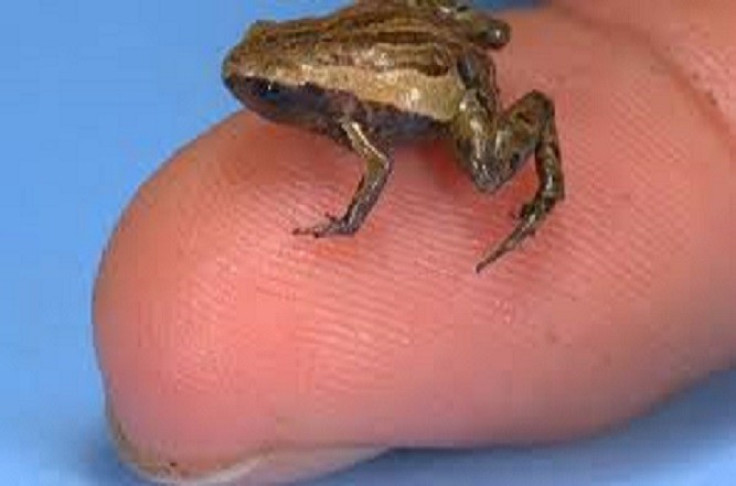Cambodian Tailorbird: New Species Found Living in City of Phnom Penh

Mother nature continues to serve up surprises, with the discovery of a completely new species of bird previously unknown to science.
Ornithology experts are getting in a flutter about the Cambodian tailorbird which has been found living in the capital city, Phnom Penh.
It is roughly the same size as a common sparrow with a distinctive red flash on its head. It's undercarriage is grey in colour with darker coloured wings.
What has stunned experts is the tailorbird's appetite for city life. It enjoys habitating the humid, dense and low-level scrub in the city.
A report on the discovery of the new tailorbird has been published in Forktail magazine, the journal of the Oriental Bird Club.
Co-author Simon Mahood said: "The modern discovery of an un-described bird species within the limits of a large populous city - not to mention 30 minutes from my home - is extraordinary.
"The discovery indicates that new species of birds may still be found in familiar and unexpected locations."
The discovery of animals which are totally unknown may be surprising to people who thought that modern science had categorised and catalogued the whole world.
But researchers regularly find new species of life which have been sharing planet earth with humans unnoticed.
Last year, a swathe of new fauna and flora were discovered, including a glow-in-the-dark cockroach.
Scientists described the night-light cockroach, which was found in Ecuador near an active volcano and not categorised until years later. Unfortunately for boffins, it is feared the cockroach went extinct when volcano Tungurahua blew its top in a massive eruption in 2010.

Social media has also played a role in mapping life on earth. A new insect was discovered when an amateur entomologist posted a picture of a pale winged creature on the photo-sharing site, Flickr. It was spotted by a scientist last year and named the Green Lacewing.

Also added to the annals of science in the past 12 months was the world's most tiny vertebrate. It is a frog which can easily fit onto a 10 pence coin and lives amid leaves in the rainforests of new Guinea. It is not known how many were trodden on by researchers before they discovered the animal at their feet.

Commenting on the discovery of the Cambodian tailorbird, Steve Zack, WCS coordinator of bird conservation, said: "Asia contains a spectacular concentration of bird life, but is also under sharply increasing threats ranging from large-scale development projects to illegal hunting. Further work is needed to better understand the distribution and ecology of this exciting newly described species to determine its conservation needs."
© Copyright IBTimes 2024. All rights reserved.






